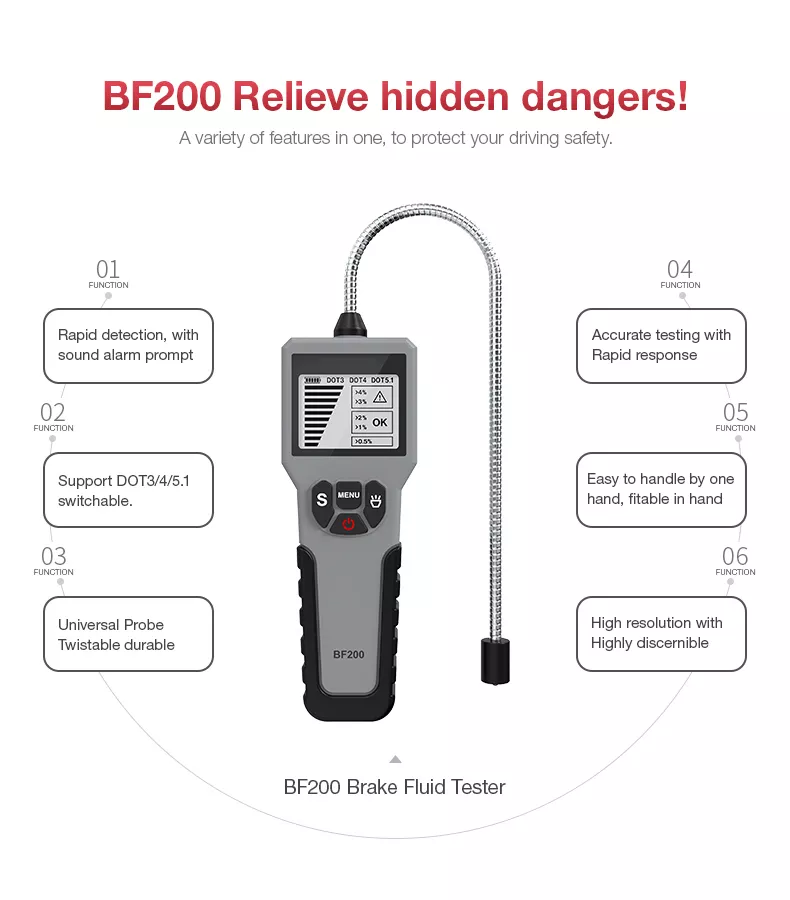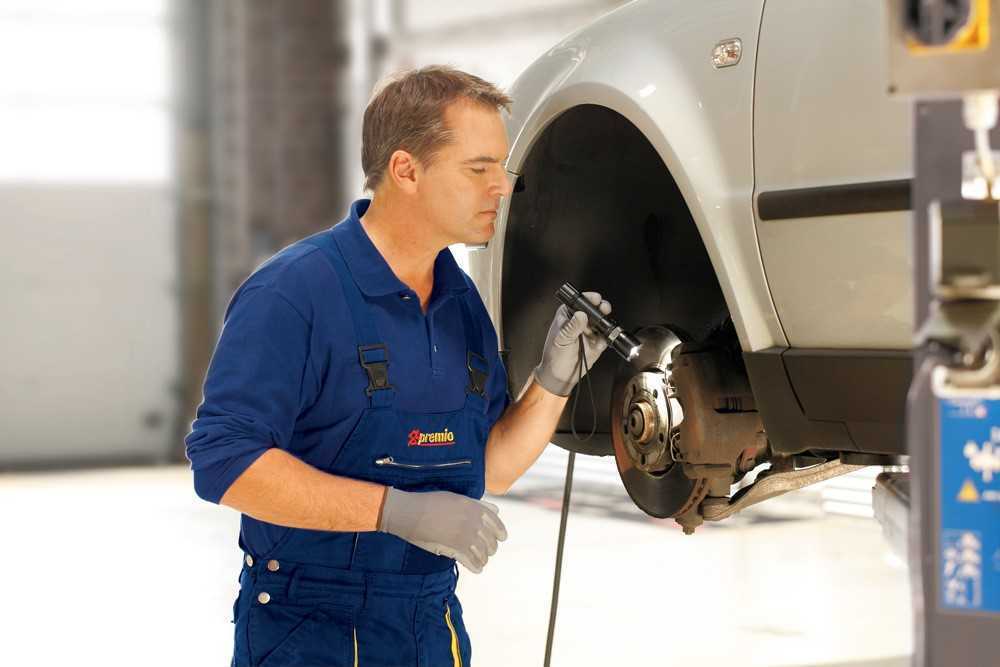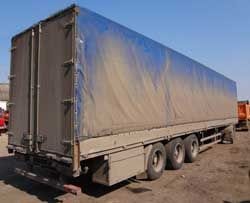
Brake fluid. Alarming test results
 According to a study by the Automotive Institute, four out of ten DOT-4 brake fluids do not meet certain standards. Poor-quality fluid lengthens, and in extreme cases can completely deprive the car of the ability to slow down.
According to a study by the Automotive Institute, four out of ten DOT-4 brake fluids do not meet certain standards. Poor-quality fluid lengthens, and in extreme cases can completely deprive the car of the ability to slow down.
The Materials Science Center of the Institute of Road Transport tested the quality of DOT-4 brake fluids popular on the Polish market. The quality compliance analysis covered ten popular automotive products. ITS experts checked, including the boiling point value and viscosity, i.e. parameters that determine the quality of the liquid.
– Test results showed that four fluids out of ten do not meet the requirements specified in the standard. Four liquids showed that the boiling point was too low, and two of them almost completely evaporated during the test and did not show resistance to oxidation. In their case, corrosion pits also appeared on laboratory materials,” explains Eva Rostek, head of the ITS Materials Research Center.
In fact, the use of such (substandard) brake fluids can increase mileage and, in extreme cases, make it impossible for the vehicle to stop.
See also: New license plates
Brake fluid loses its properties with age, so car manufacturers recommend replacing it at least once every two to three years. Despite this, research in 2014 showed that 22 percent of Polish drivers never replaced him, and 27 percent did. checked vehicles, he had the right to an immediate change.
– We must remember that the brake fluid is hygroscopic, i.e. absorbs water from the environment. The less water, the higher the boiling parameters and the higher the efficiency of the operation. The boiling point of a DOT-4 class liquid should not be lower than 230°C, and a DOT-5 class liquid should not be lower than 260°C, reminds Eva Rostek from ITS.
Efficient brakes with high-quality fluid in the system reach their full potential in about 0,2 seconds. In practice, this means (assuming a vehicle traveling at 100 km/h travels a distance of 27 m/s) that braking does not start until 5 meters after the brake is applied. With a fluid that does not meet the required parameters, the braking distance will increase up to 7,5 times, and the car will start to slow down in just 35 meters from the moment you press the brake pedal!
The quality of the brake fluid directly affects driving safety, so when choosing it, follow the recommendations of car manufacturers and buy only sealed packaging.
See also: Renault Megane RS in our test

